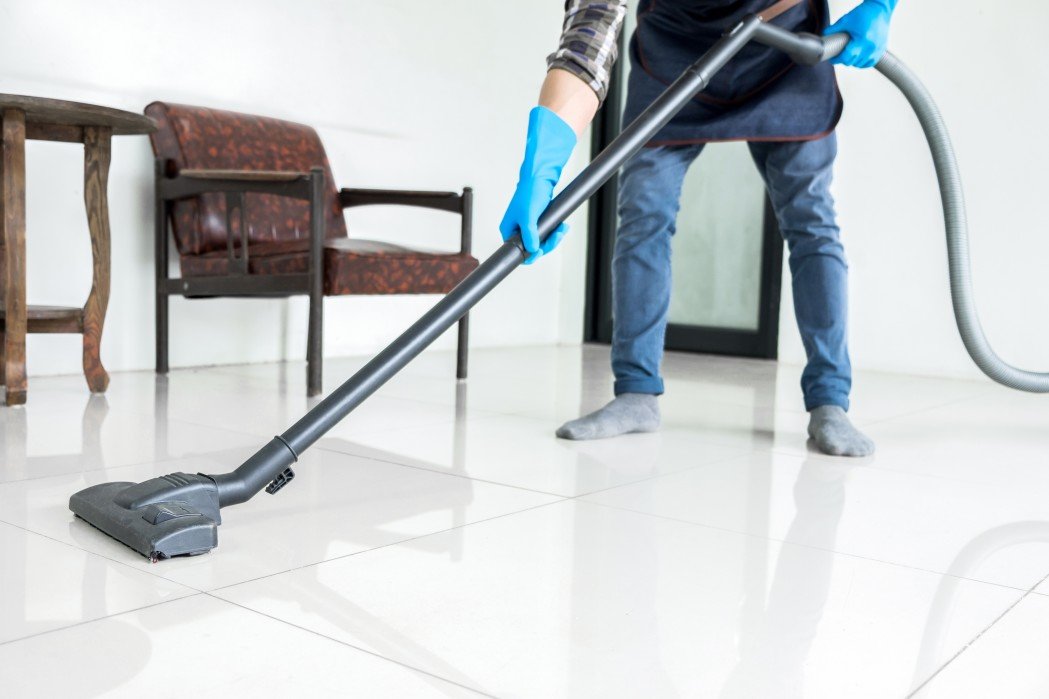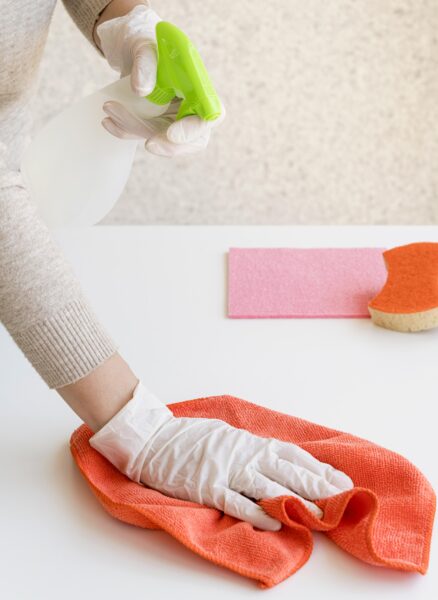In this article, we’ll walk through an insider’s guide to natural stone cleaning and maintenance. Here are some points that will be mentioned in the article:
- The best way to ensure the longevity of natural stones.
- Tips on how to clean and maintain natural stones such as regular sweeping, vacuuming, and mopping.
- Advice on what to avoid when cleaning and maintaining natural stones.
- A brief overview of the advantages of natural stones, such as timelessness, cool indoor temperature, elegance, and durability.

Have you ever wondered what’s the best way to ensure the longevity of your natural stones?
For starters, natural stone tiles are made to last. That is their natural attribute. Ancient structures made out of natural tile flooring have lasted centuries and are still intact. This, therefore, means that if you find any natural stone flooring deteriorating at a fast rate, there must be something that the user is doing wrong.
Unlike artificially processed tiles, natural stone tiles are not delicate; they have weathered tough times in the quarries where they have been mined for thousands of years. They can handle high traffic, rough shoes, sharp furniture legs, and all the commotion that goes on in modern homes with a lot of ease. The trouble comes when they are subjected to conditions that are unnatural to them, such as acid spillages and other conditions that weaken their core structure.

Care and maintenance of natural stone tiles
You do not need a lot of fancy cleaning solutions when it comes to natural stones. In fact, easy does it. How do you take care of your tiles to ensure they live up to their maximum potential?
Regular sweeping to remove dust and soil- the more dust and soil accumulate, the more the tile risks losing its original texture and appearance. The sweeping frequency will mostly depend on how busy your house is. For instance, public walkways may require daily sweeping while interior surfaces with less traffic will require just occasional sweeping.
Additionally, the broom used for sweeping should always match the texture of the tiles. For instance, rough surfaces such as gabbro and sandstone will need a strong broom with thick bristles. On the other hand, smooth soft stone floors such as marble floor tiles and limestone floor tiles would do well with a soft broom/brush.
Vacuuming

Vacuuming is more thorough and faster than sweeping and the best thing is that it gets rid of dirt particles that may be hidden on corners or trapped in between the tile intersections. You don`t need to vacuum natural stone tiles every day. You can do it once or twice a week depending on how much traffic the surface is exposed to on a daily basis.
Moping with a damp cloth

It gets rid of stubborn dust and soil, as well as stains. Moping is a bit more involving compared to sweeping and vacuuming, especially if you are moping a large surface, but it is very effective. This technique can be combined with sweeping, such that the moping comes immediately after sweeping. This will ensure that the procedure produces more desirable results.
Rinsing
Regular rinsing of natural stone tiles ensures they retain their original color. To remove extremely stubborn stains on the tiles, steam cleaning does the job. The best thing about natural stone tiles is that the surfaces are very easy to clean. You won`t spend a lot of time and energy scrubbing stone tiles, compared to other tiling materials.
We have different cleaning methods articles in our blog, as one of the most chosen natural stones, you can check out our ceramic tile cleaning instruction blog post!
Cleaning your natural stone and what should you do is important. However, what to avoid while cleaning and maintaining natural stone tiles and what you should not do is important, too. Let’s check out what you should avoid for your natural stones’ care.
Acid Spillages

Acids not only discolor the tiles, but they also interfere with their internal composition, thus exposing them to wear and tear.
Using too much water
Some natural stone tiles such as limestone tile and sandstone tiles may start absorbing water if they are exposed to too much of it. Once this happens, they will become porous and prone to dampness, scratches, and dents. You don’t need to use a lot of water when cleaning such natural tiles. A wet cloth is enough to do the job.
Too much exposure to water
Most of the water in urban households and offices contains chemicals and minerals that may damage the tiles after long-term exposure. For instance, chlorine, magnesium, and potassium may not go well with some stones. The impact may not be instantly noticeable, you only feel it after years of exposure, and by then, too much damage will already have been done.

Too much scrubbing
Excessive scrubbing makes the tiles lose their original color at a very fast rate. It may also be harmful to soft stone tiles by creating unnecessary scratches and dents that will soon be an eyesore. If you feel the need to scrub, use a soft brush and a powerful cleaning solution that can get rid of stains easily.
Rough movement of furniture
Even though most natural stone tiles are immune to rough objects because they are made from extra hard rock, there are those that will start developing scratches, cuts, and dents. It is always good to protect your tiles by lifting furniture while moving it from one place to another, instead of dragging it.
Do not use bleach, vinegar, or ammonia-based cleaning agents. They will only create stains and faster discoloration of the tiles. Natural stone works best with PH-neutral solutions.

Why choose natural stone tiles?
- Natural stones are timeless and forever trendy
- They maintain a cool indoor temperature
- Natural stone tiles exude luxury, elegance, and sophistication
- Hard stones such as granite tiles are wear-resistant
- Most importantly, they are highly durable
A note from our designers
Go easy while cleaning natural stone tile flooring, less is more. Proper maintenance of the tiles will ensure you never have to replace even a single tile for hundreds of years.
Check out the Country Floors tile shop to see the variety of natural stone tiles in our collection and for interior tile décor ideas.
